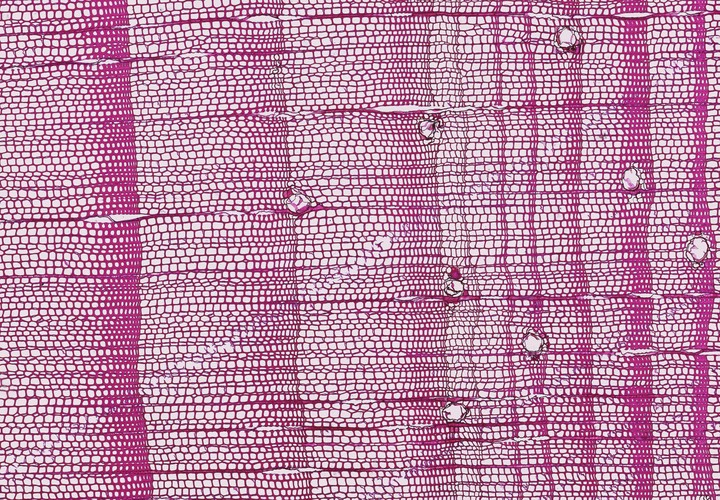Acid damage from the 1783-1784 Laki eruption

This project is a continuation of my previous research on the climate response to the 1783-1784 CE Laki eruption. Here we use high-resolution wood anatomical measurements to uncover the reason for discrepancies between historical observations, which record a heat-wave across large portions of Europe during the summer following the Laki eruption, and previously developed tree-ring-based temperature reconstructions, which indicate wide-spread cooling over Europe during the same time period. We find that the damaging effects of volcanic acid deposition to tree growth obfuscates an accurate temperature signal. Partial funding from NSF P2C2 grant AGS-2102993
See related publication below